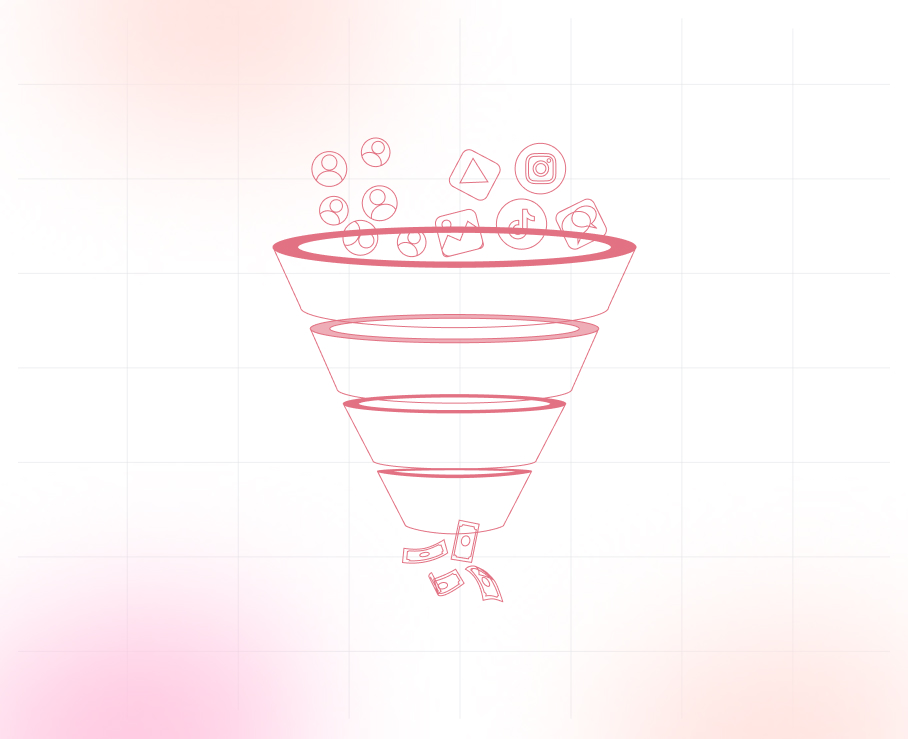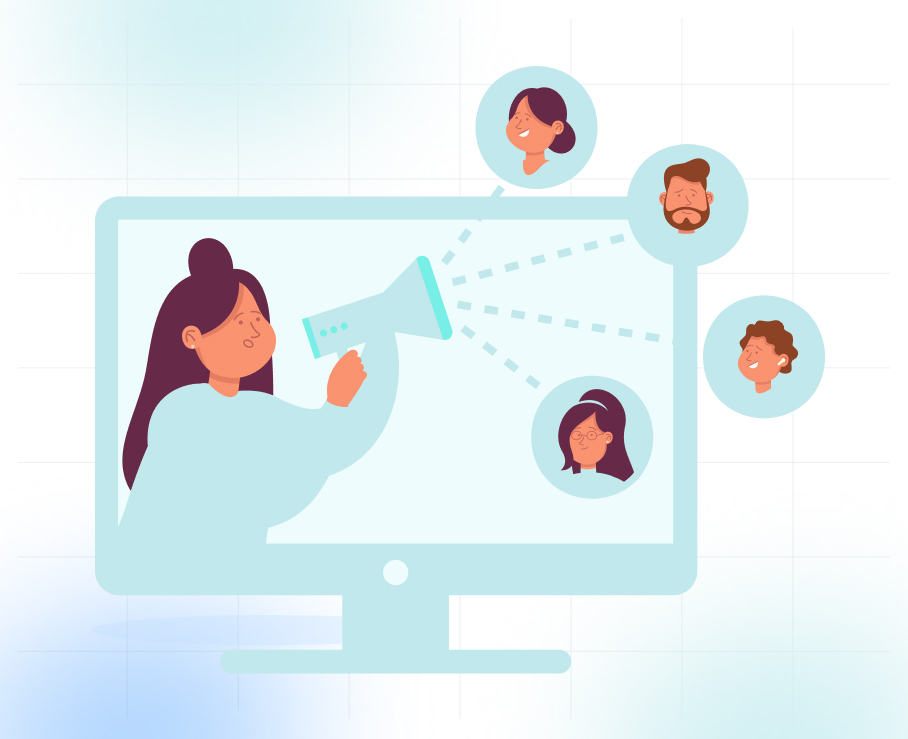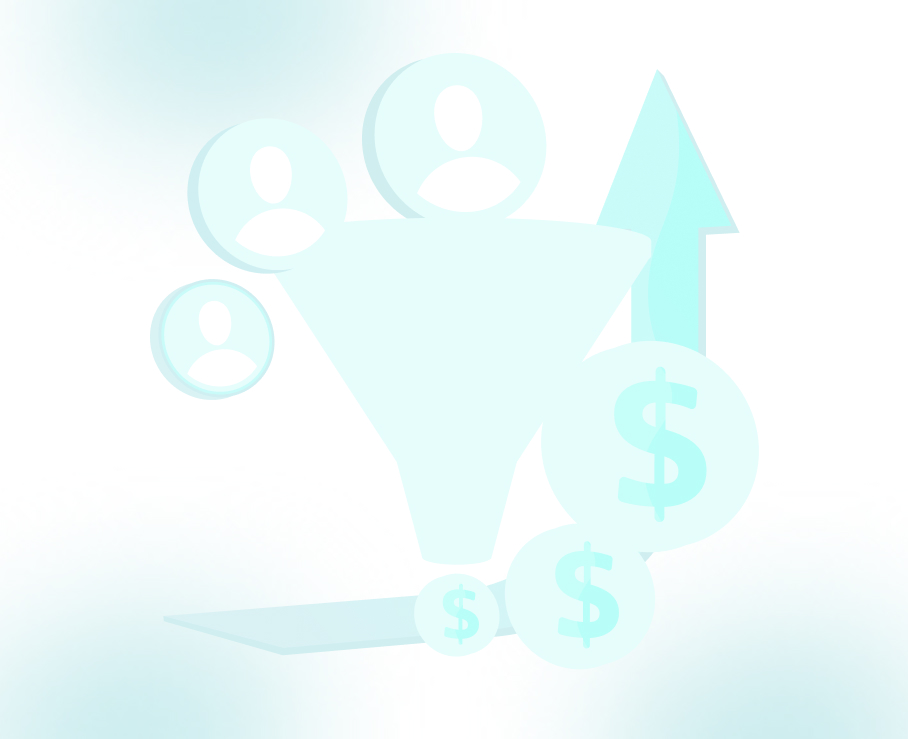Is your lead generation pipeline bringing in quality leads or just noise?
If you've been spending more but closing less, you're not alone. Many small and mid-sized businesses in industries like tech, staffing, MSPs, and manufacturing face the same challenge: building a pipeline that converts leads.
And here's the catch: Lead generation is no longer optional.
The B2B lead generation market was already worth $10.87 billion in 2024. It's expected to skyrocket to $29.51 billion by 2034, growing at 11.33% CAGR.
You risk falling behind if you're not investing in an innovative, structured pipeline now.
So, what's the difference between businesses that scale and those that stall? A well-built lead generation pipeline. A strong pipeline doesn't just increase lead count; it fuels Monthly Recurring Revenue (MRR).
This blog breaks down proven strategies, practical techniques, and data-backed insights to help you create a pipeline aligned with your business goals and sales team.
What is a Lead Generation Pipeline?
A lead generation pipeline is a structured process that guides potential customers from their first interaction with your business to becoming paying clients.
Unlike simply storing contacts, a pipeline outlines the journey leads take, with each step designed to qualify, nurture, and convert them.
The term "pipeline" refers to the flow of leads through a series of stages, similar to how water moves through a pipe.
Leads enter at the top and progress through various stages, either being nurtured or filtered out, until they either convert into sales or drop off.
Key Stages in a Lead Generation Pipeline:
- Awareness: The lead becomes aware of your brand through email outreach.
- Interest: Here, the lead shows interest in your product or service. This is where sales-qualified leads (SQL) are generated through personalized email strategies and outreach.
- Consideration: The lead evaluates your services, and you qualify them based on their readiness to make a purchase.
- Decision: The lead is ready to convert, and your sales team steps in to close the deal.
Want to build a pipeline that delivers results?
Let's talk about how SQLs, targeted campaigns, and appointment-ready leads can unlock revenue for your business. Schedule a Call.
Building and Activating Your Pipeline
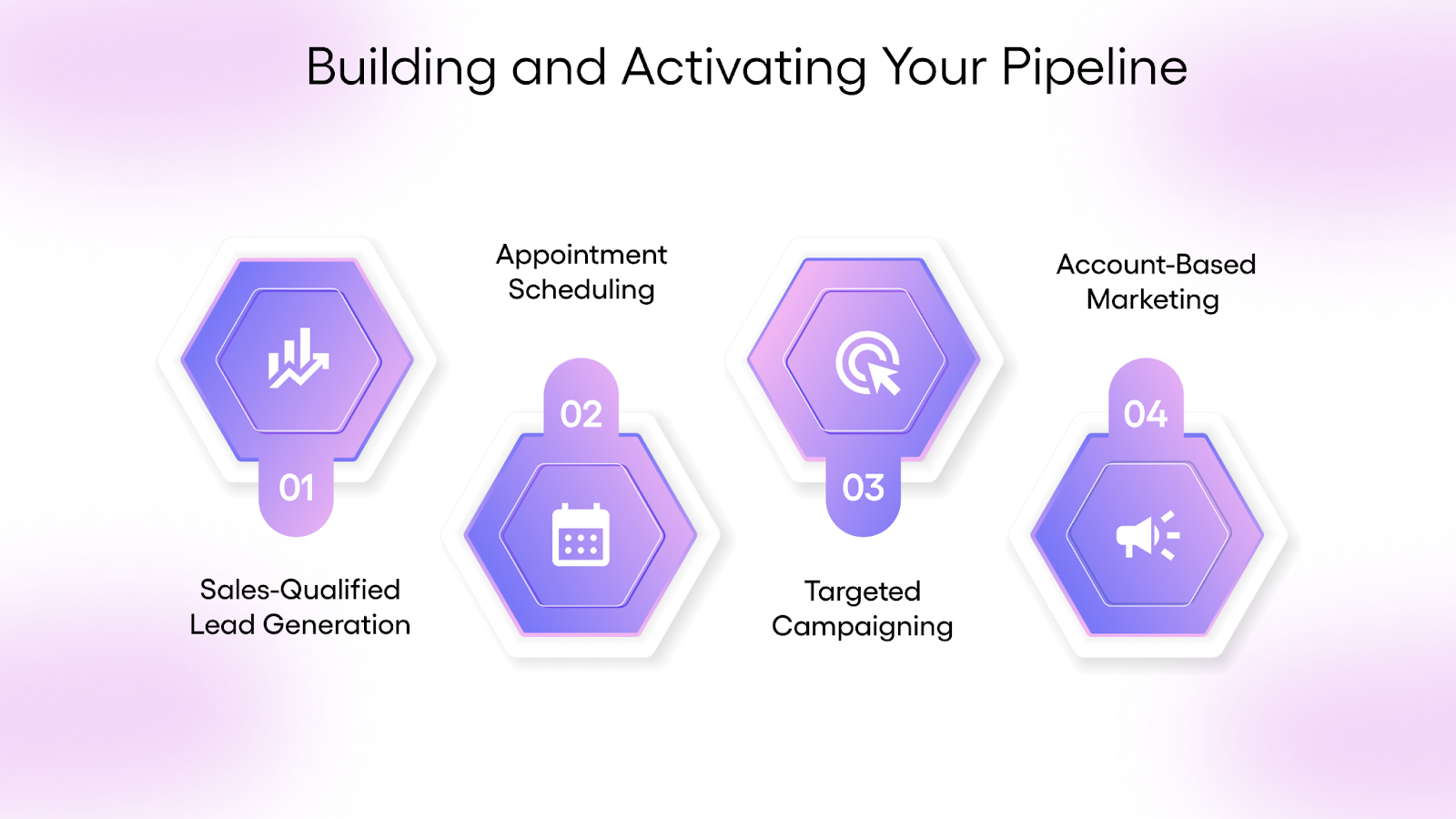
A lead generation pipeline works best when it's aligned with your sales goals and built to move the right prospects from interest to conversion seamlessly. When executed right, it directly contributes to MRR growth, giving your sales team a predictable path to revenue.
Here's how to build and activate a lead generation pipeline that actually delivers results:
1. Sales-Qualified Lead Generation
Start by identifying and engaging prospects who show genuine interest in your services. This involves running targeted email campaigns that speak directly to your ICP (Ideal Customer Profile), offering them value-driven insights and relevant messaging that addresses their specific pain points.
2. Appointment Scheduling
Once a lead has shown interest, the next step is to facilitate a meaningful conversation. Our appointment scheduling service ensures that qualified leads are seamlessly transitioned into scheduled meetings.
3. Targeted Campaigning
Use focused email campaigns tailored to specific segments of your audience. Break your lists down by role, industry, or company size, and craft content that feels personalized, timely, and relevant to each segment's unique needs.
4. Account-Based Marketing (ABM)
For high-value prospects, a more personalized approach can help you stand out. ABM allows you to identify key accounts and design campaigns specifically around their challenges, priorities, and buying behaviors, resulting in deeper engagement and higher conversion potential.
A well-activated pipeline doesn't rely on volume alone; it depends on timing, targeting, and touchpoints that move leads forward with purpose.
Tactics for Better Lead Generation
Once people engage, keep the momentum going with email marketing. A well-planned email sequence turns interest into intent.
Here's how to make it even more effective:
- Address pain points directly: Solving key issues like low lead quality, inefficient follow-ups, or missed opportunities. Targeted campaigns can streamline processes and drive better results.
- Pick the right platform: Choose the platforms that are most effective for your industry, whether it’s for B2B, manufacturing, or recruitment. Don't spread your efforts too thin by trying to reach everyone everywhere.
- Write better CTAs: Replace vague buttons like "Learn More" with specific ones like “Get Qualified Leads” or “See Pricing in 60 Seconds.” Track how many recipients click on these to assess engagement.
- Test and adapt: Experiment with different email subject lines, CTAs, or delivery times. For example, testing one subject line could increase your open rate significantly.
Also Read: The Importance of a Sales Pipeline and Its Impact on Boosting Sales
You've got the right tactics, now let's make sure you're nurturing those leads every step of the way, keeping them engaged until the finish line.
Lead Qualification and Nurturing
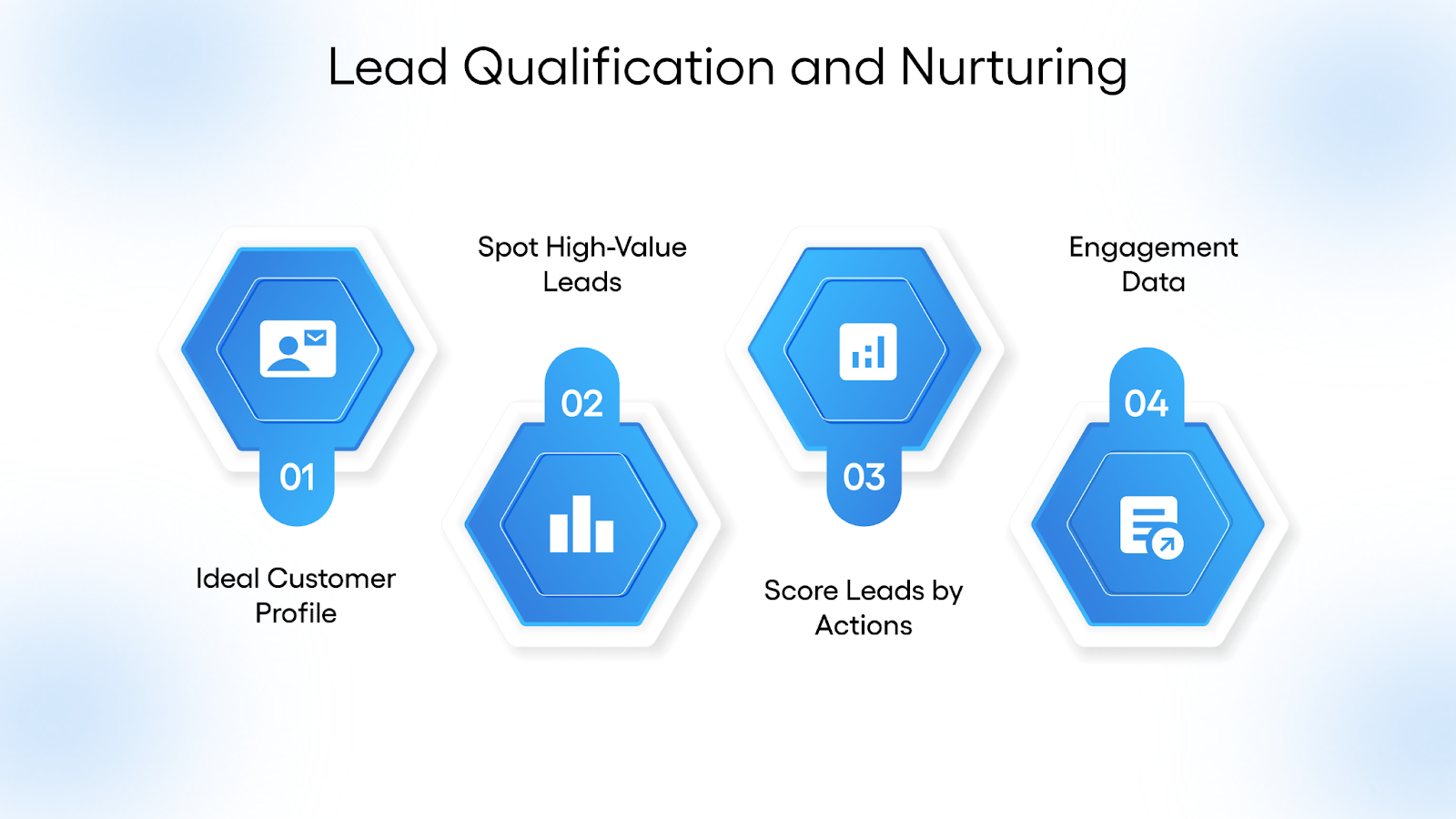
First, ask yourself: Do you know which leads are most likely to become customers?
Effective lead qualification and nurturing help you identify and focus on high-value prospects, ensuring you spend time on the leads that matter. By refining your strategy, you can close deals faster and maximize your sales efforts.
Here's how you need to plan your pipeline generation strategy:
1. Define Your Ideal Customer Profile (ICP)
Before qualifying leads, you need a clear picture of your ideal customer.
- What’s their company size?
- What industry are they in?
- What pain points are they facing?
- What is their buying role?
Your ICP helps filter out irrelevant leads and focus your efforts on businesses most likely to benefit from your services.
2. Use the BANT Framework to Spot High-Value Leads
The BANT framework (Budget, Authority, Need, Timeline) helps qualify leads early. It identifies if a lead is ready to opt for your services by assessing their budget, decision-making power, needs, and timeline.
3. Score and Prioritise Leads Based on Actions
Not all leads are equal. Lead scoring allows you to assign value based on actions. For example, someone who opens multiple emails is more engaged than someone who simply visits your website.
Set up a system where actions, such as clicking on an email or attending a webinar, earn points. Once a lead hits a predefined threshold, it's time for your team to follow up, ensuring you focus your energy on leads with the highest potential.
4. Leverage Engagement Data to Refine Your Approach
Track how leads interact with your content and communications. Engagement data, such as which emails they open or what resources they download, provides valuable insights into their interests.
Use this data to tailor your messaging and ensure it’s relevant to their stage in the decision-making process.
Key Metrics to Track
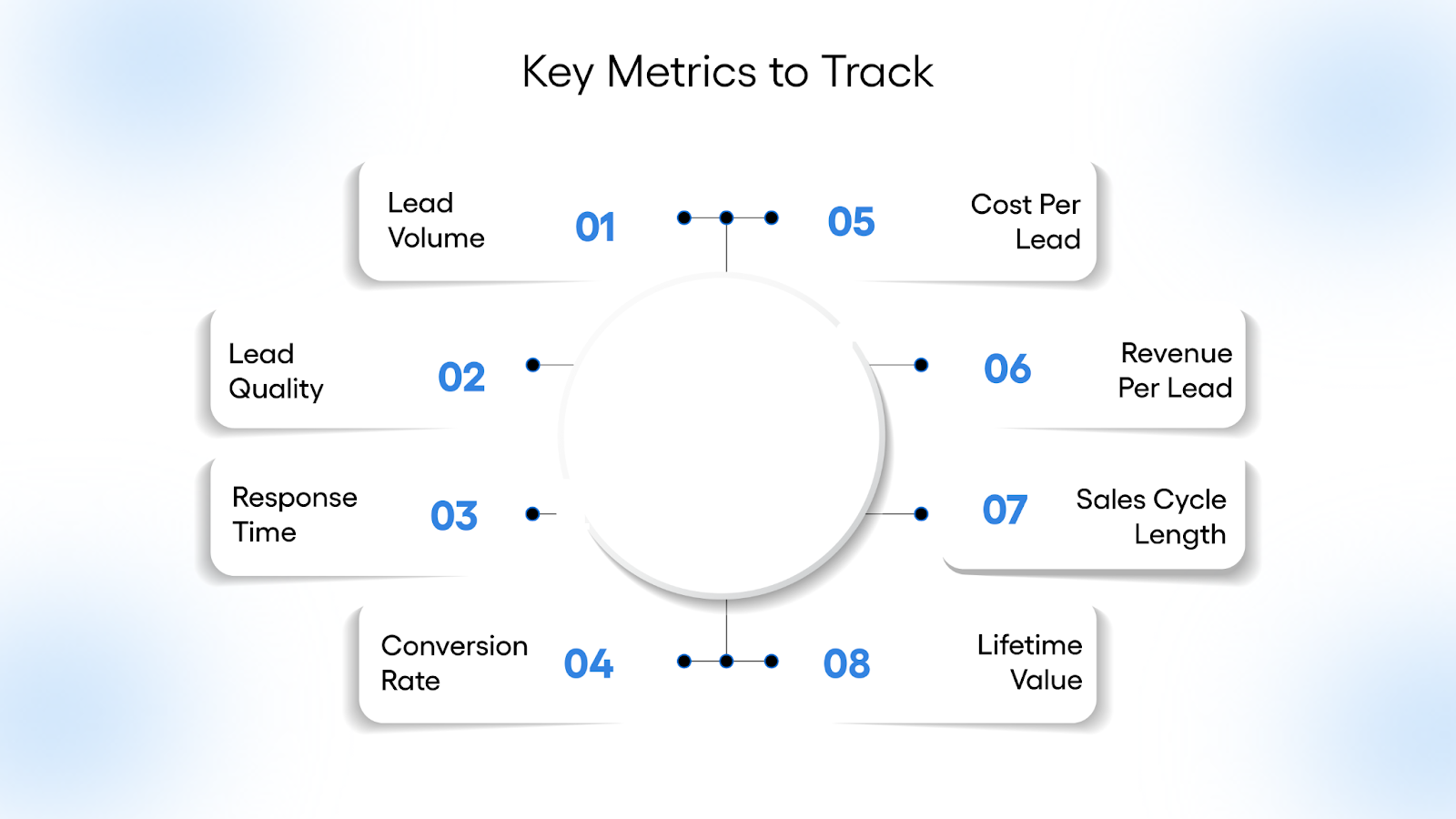
A lead generation pipeline is only as good as the data behind it. Tracking the right metrics gives you visibility into what’s working and what needs fixing.
Below are the key metrics every SME should monitor to optimise pipeline performance and improve conversion rates.
1. Lead Volume
The total number of leads entering your pipeline over a set period. It helps you understand if your campaigns are reaching enough people to meet sales goals.
Example: You run a campaign targeting warehouse managers and generate 300 new leads in one month.
2. Lead Quality
The percentage of leads that match your Ideal Customer Profile and show buying intent. Sales feedback, engagement scores, and conversion rates can indicate quality.
3. Lead Response Time
This metric tracks how fast your team follows up after a lead expresses interest. The faster you respond, the higher your chances of conversion.
Formula:
Average time between lead inquiry and first sales contact
Example:
If your team responds in 2 hours on average, you’re in a good spot. Anything over 24 hours? That’s a red flag.
4. Conversion Rate
This metric can be used to measure the percentage of leads that turn into paying customers.
Formula:
(Number of Conversions ÷ Total Leads) × 100
Example:
If you close 30 deals out of 300 leads: (30/300) × 100 = 10%
5. Cost Per Lead (CPL)
It tells you how much you spend to acquire one lead.
Formula:
Total Campaign Spend ÷ Total Leads Generated
Example:
You spent $1,500 on a campaign and got 300 leads → $1,500 ÷ 300 = $5 per lead
6. Revenue Per Lead
It shows the average revenue earned per lead in the pipeline.
Formula:
Total Revenue ÷ Total Leads
Example:
You generate $30,000 in sales from 300 leads → $100 per lead
7. Sales Cycle Length
This metric tracks the average time it takes for a lead to move from first contact to closed deal.
Formula:
Sum of All Sales Cycle Durations ÷ Number of Deals Closed
Example:
If your last 5 closed deals took 20, 18, 25, 22, and 15 days →
(20+18+25+22+15) ÷ 5 = 20 days
8. Lifetime Value (LTV)
It shows the total expected revenue from a customer over the entire business relationship.
Formula:
Average Purchase Value × Purchase Frequency × Customer Lifespan
Example:
- $500 average spend × 4 purchases/year × 3 years = $6,000 LTV
With the numbers in hand, it’s time to face the common roadblocks. Let’s tackle the challenges that might slow you down and how to overcome them efficiently.
Challenges in the Lead Generation Pipeline
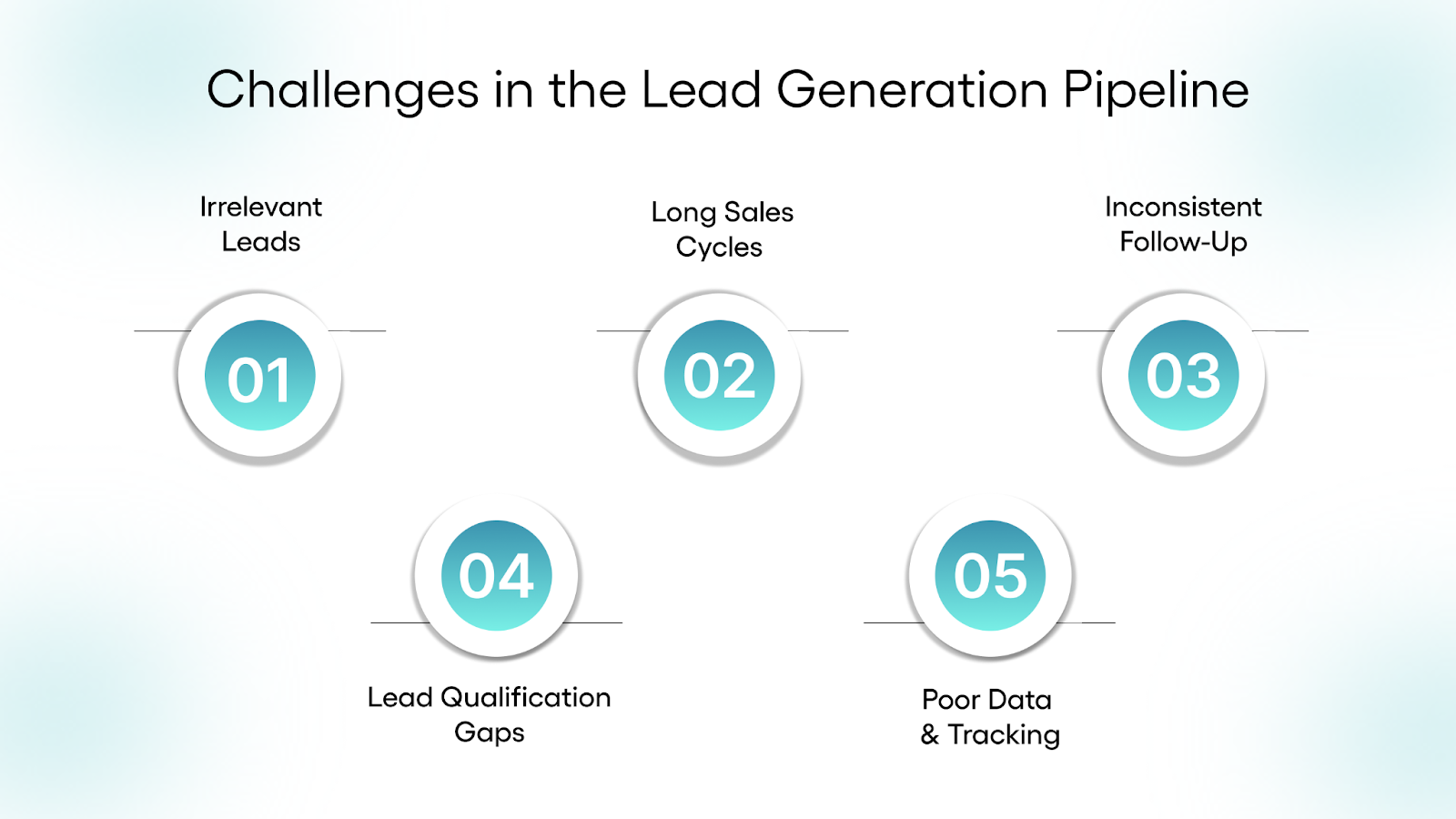
Even a well-built pipeline can break down if key issues go unchecked. These challenges are common across industries, especially for SMES working with lean teams and limited resources.
So, here are some of the common challenges (with solutions):
1. Low-Quality or Irrelevant Leads
You may be generating a high volume of leads, but if they don’t match your Ideal Customer Profile (ICP), they are unlikely to convert.
Solution: Refine your targeting. Use segmentation to ensure you're reaching the right audience and align your campaigns with your ICP. Adjust your lead magnets and messaging to attract prospects who are a better fit for your services.
2. Long Sales Cycles
When deals take too long to close, you may lose leads to competitors or allow prospects to lose interest.
Solution: Analyze your pipeline to identify where leads are stalling. Use timely follow-ups and targeted content to re-engage leads. Share case studies, ROI calculators, and other relevant resources at critical stages to build trust and keep them moving forward.
3. Inconsistent Follow-Up
Leads often slip through the cracks when follow-ups aren’t timely or consistent.
Solution: Implement structured follow-up workflows using scheduled touchpoints. Ensure your sales team follows a consistent cadence, whether it's a reminder after a lead opens an email or a follow-up 3 days after initial contact. A repeatable system ensures no lead is neglected and every opportunity is nurtured effectively.
4. Lead Qualification Gaps
Sales teams often spend too much time on leads that aren't a good fit.
Solution: Build a stronger lead scoring system. Use behavioral triggers, such as email opens, to qualify leads early and prioritize those showing clear buying signals.
5. Poor Data and Tracking
Outdated or incomplete data can negatively impact your targeting, follow-ups, and reporting.
Solution: Regularly audit your data sources and clean your lists. Consistent data management ensures better decisions, faster responses, and more accurate metrics.
How TLM Can Help Build and Optimize Your Lead Generation Pipeline?
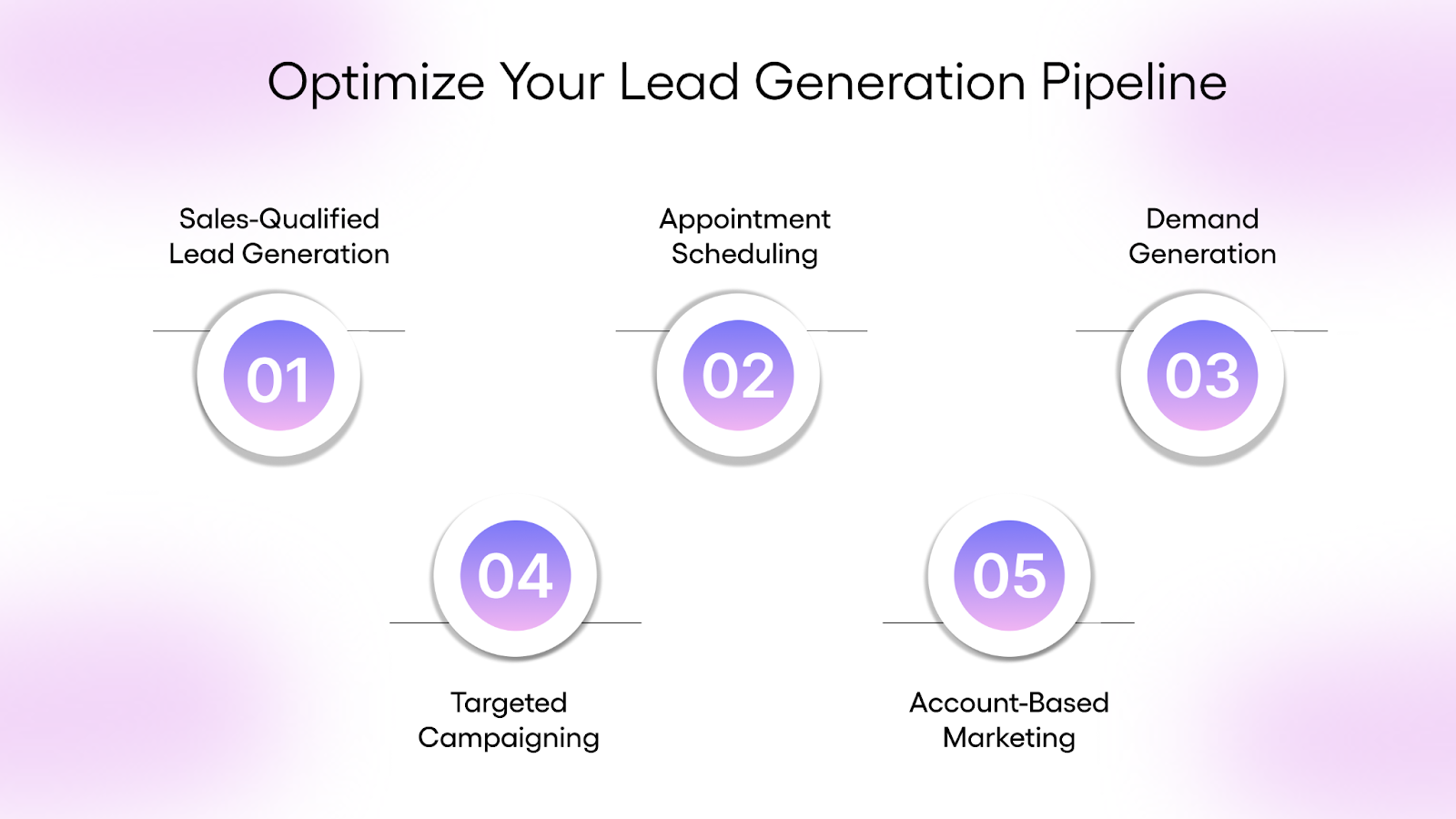
Building a high-performing lead generation pipeline is a journey, and The Lead Market is the partner you need to make that journey smooth and effective.
All outreach is conducted following CAN-SPAM guidelines to ensure compliance, transparency, and trust in every interaction.
Here's how TLM can help you:
- Sales-Qualified Lead Generation: Focused on ROI, Not Just Numbers
We prioritize quality over quantity, focusing on timing, engagement, and ROI. Our approach ensures that 92% of leads move to the next stage, and 82% ultimately close.
- Appointment Scheduling: Turning Interest into Action
We schedule personalized appointments, whether via virtual meetings or in-person. Our goal is to ensure your leads are ready to take the next step and move to the proposal stage seamlessly.
- Demand Generation: Building Awareness for Future Success
We help establish a strong online presence through email marketing. Our targeted campaigns drive engagement and create high-converting opportunities, like the 30x business growth we achieved for a Dallas-based furniture business.
- Targeted Campaigning: Precision in Every Message
We create highly focused campaigns based on industry, job title, or service type, ensuring each message speaks directly to your audience's pain points for a higher conversion rate.
- Account-Based Marketing (ABM): Personalized Outreach That Converts
ABM is about highly personalized outreach. We craft tailored campaigns to engage decision-makers, like how we helped a Torrance-based shipping company use local traffic issues to spark relevant conversations.
Want to see how we've helped businesses turn qualified leads into long-term clients? Check out our case studies to see the real-world results.
Conclusion
Building a lead generation pipeline isn't just about gathering names; it's about connecting with the right people at the right time. Whether finding sales-qualified leads, scheduling appointments, or running targeted campaigns, every step counts in turning those connections into loyal customers.
At TLM Inside Sales, we don’t just throw more leads into the mix. We focus on quality, making sure the leads you get are the ones that actually matter. Our approach to demand generation and nurturing helps you build a pipeline that’s full of potential.
FAQs
1. What exactly is a lead generation pipeline?
A lead generation pipeline is a series of steps that guides your prospects from their first interaction with your business all the way to becoming loyal customers. It’s a structured way to nurture leads and ensure they’re ready to convert when the time is right.
2. How can I tell if my pipeline is working?
Check your conversion rates, lead quality, and lead volume. If leads are consistently progressing to proposals and closing, you're on the right track. If not, it might be time to refine your targeting or nurture strategy.
3. How does TLM help with my lead generation?
We focus on quality over quantity. Our services include sales-qualified lead generation, appointment scheduling, and account-based marketing (ABM) to ensure you're engaging with the right leads and guiding them to close.
4. Is email outreach really better than cold calling?
We skip the need for outdated cold calls by reaching decision-makers through email-first campaigns proven to drive MRR.
5. What's the best way to nurture leads through the pipeline?
Through personalized follow-ups and targeted content that addresses your leads' pain points. We make sure you're always present when they're ready to make a decision.

